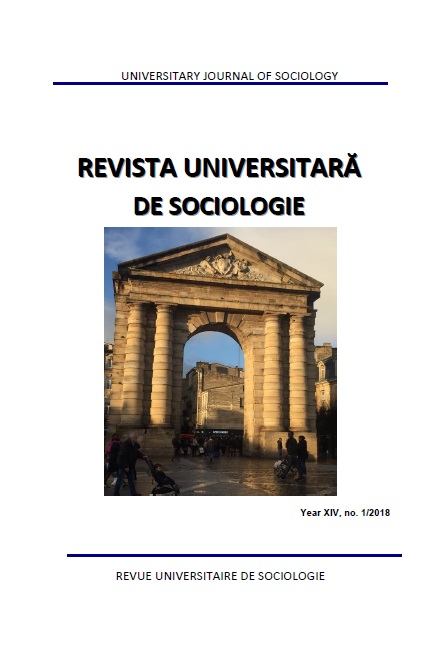CENTRAL AND EASTERN EUROPE AFTER THE END OF COMMUNISM: THE BEGINNING OF RELATIONS WITH THE EUROPEAN UNION: THE CASE OF UKRAINE (1991-1999)
CENTRAL AND EASTERN EUROPE AFTER THE END OF COMMUNISM: THE BEGINNING OF RELATIONS WITH THE EUROPEAN UNION: THE CASE OF UKRAINE (1991-1999)
Author(s): Cesar Garcia AndresSubject(s): Politics / Political Sciences, History, Social Sciences, Geography, Regional studies, Human Geography, Historical Geography, Political Theory, Political Sciences, Governance, Sociology, Diplomatic history, Economic history, Political history, Social history, Recent History (1900 till today), Social development, Sociology of Politics, Globalization
Published by: Ediktura Beladi
Keywords: European Union; Ukraine; Soviet Union; Central and Eastern Europe; Partnership and Cooperation Agreement;
Summary/Abstract: The countries that were part of the Soviet Union were forced to start on their own the democratic process after the disintegration of the communist bloc. These countries had to enter the new world order that had been unknown to them. Two ways were developed in order to achieve their development as newly independent states. Firstly, the new independence countries have opened up to the European Community in the 90s. And secondly, the countries that remained linked to Russia in order to achieve the stability of those first moments. In the case of Ukraine, its path as an independent country began on 24 August 1991, and since that year its main task has been to strengthen its position as a state. Ukraine initially remained linked to Russia somehow through different policies. However, there was a change due to Ukraine's need for assistance in different areas: from social and political to economic. From this moment the institutions of the European Union came into play in Ukraine to promote its modernization and democratization. It is necessary to know which were these means and how they have served to advance these relations until the entry into force of the Partnership and Cooperation Agreement in 1998. In order to carry out this analysis we will address with specialized monographs and articles related to these subjects, as well as the extensive documentation provided by the European institutions.
Journal: Revista Universitară de Sociologie
- Issue Year: XIV/2018
- Issue No: 1
- Page Range: 106-119
- Page Count: 14
- Language: English

